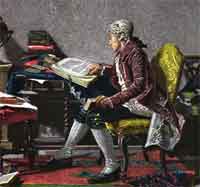Many have sweaters, and they come in handy for a variety of reasons. Â As its name implies, sweaters are often used by those who want to sweat, like in the case of exercising. Â Sweaters are also often used to keep the body warm during the colder months. Â Some people also use sweaters as a fashion statement and make them become part of the popular and “in” crowd. Â Whatever the purpose for using the sweater is, more often than not people have experienced pilling on their favorite sweaters. Â Pilling on the sweater creates little lumps on the fabric making it look old and/or overused. Â These fabric lumps can be found in almost any kind of sweater but are said to be more frequent in sweaters made of acrylic, cashmere, and merino wool. Â Many people also argue that the less expensive the sweater is, the easier it is for it to pill.
Sweater pilling is actually caused by friction on the garment itself. Â This explains why pilling occurs in areas like the armpit section or the neckline area. Â These spots usually encounter high friction by the fabric and so more pilling occurs. Â And as we all know, fabrics used for sweaters are literally made of yarns that are sewn and intertwined. Â Once these parts encounter rubbing or friction, some fibers may get twisted and get attached to other fibers nearby so they form little lumps of fabric. Â When sweaters are used, then some areas will be constantly rubbing other areas in the sweater so some fibers will get twisted to form pills.
It is said that the amount of pilling on the sweater also depends on the fabric strength. Â The stronger the fabric is, the less likely it is for the fibers to get twisted from rubbing and friction. Â This also explains why cheap cashmere has the tendency to have more pilling compared to more expensive cashmere fabric.










Leave a Reply